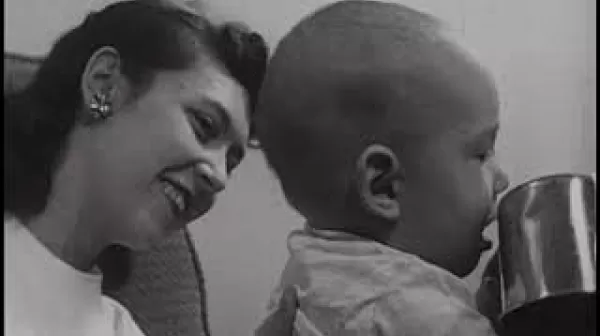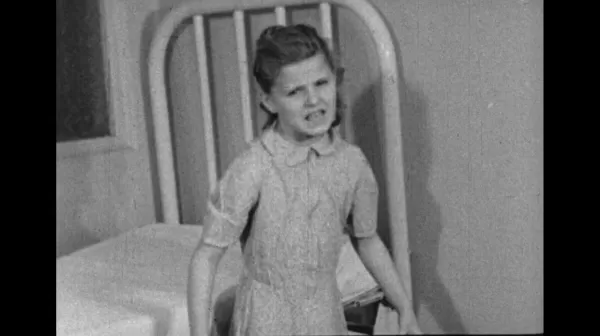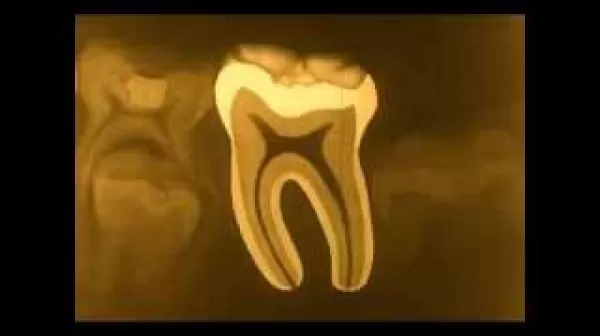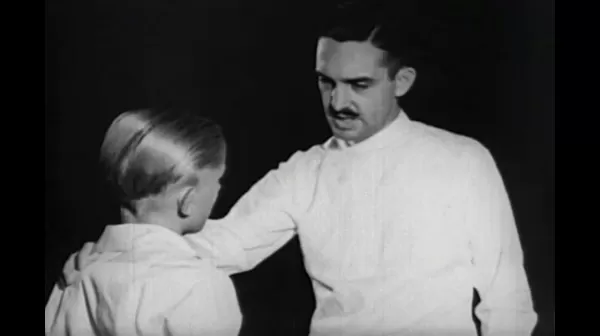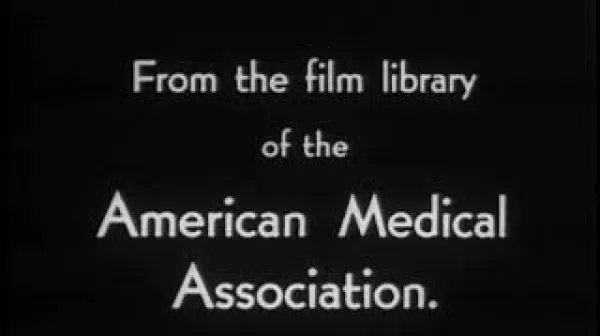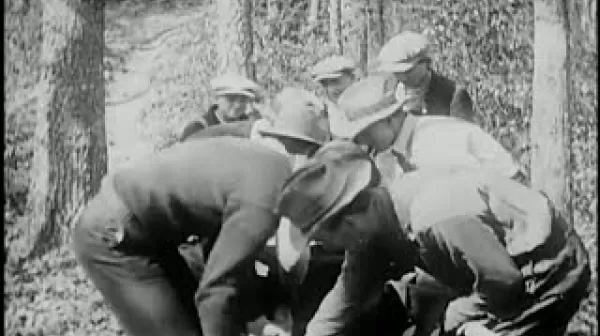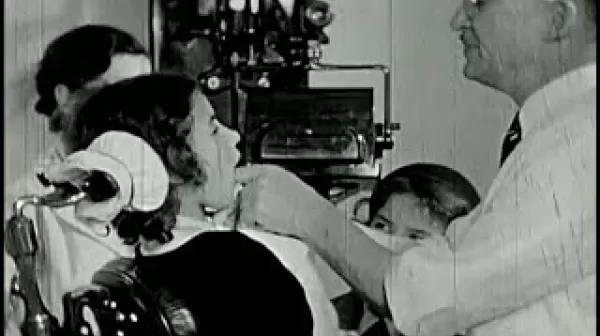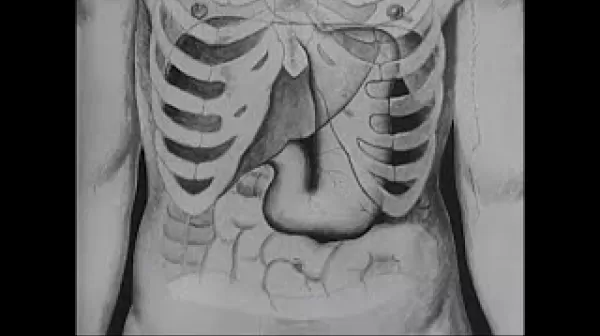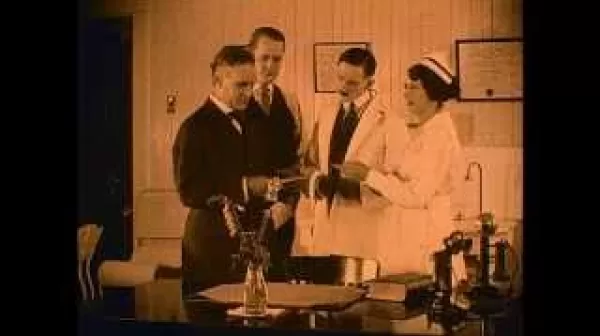Observations Concerning the Phenomenology of Early Oral Behavior (Menninger Foundation, 1951)
This film provides descriptive documentation of variations in oral behavior in infants under 24 weeks of age. Infants are shown at different stages, moving their arms and legs, placing fingers, toes, and other objects in their mouths, licking items, grabbing a ring suspended above them, and biting a sterling silver cup. Behavior prior to feeding and after feeding is shown, with variations in infant response.

